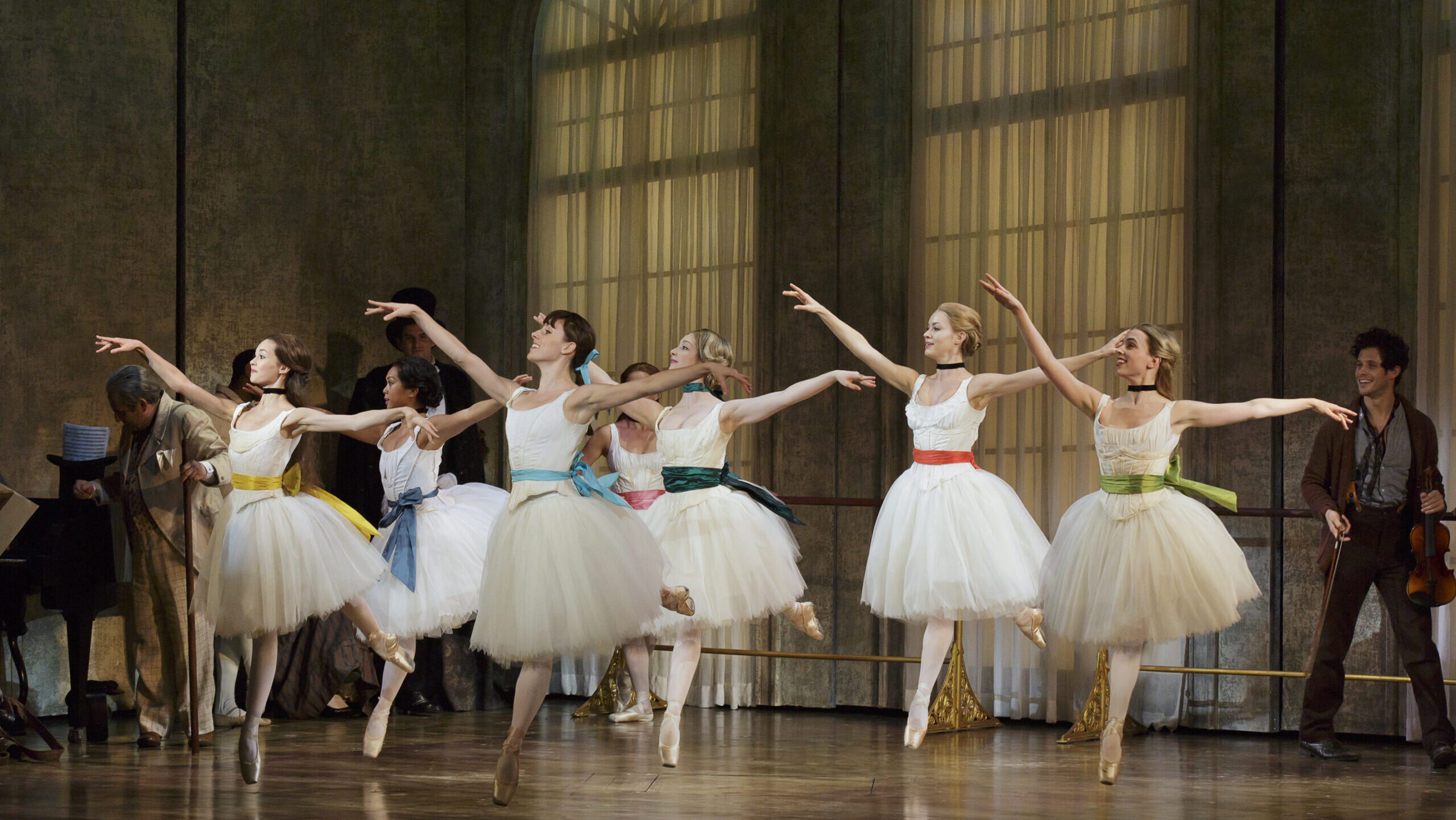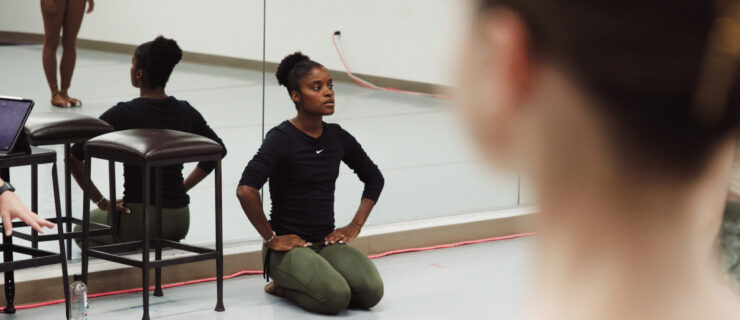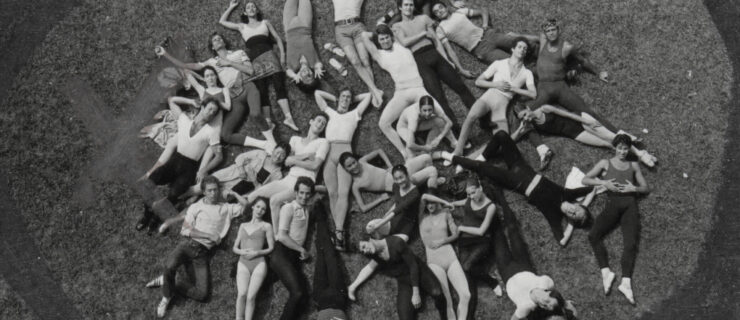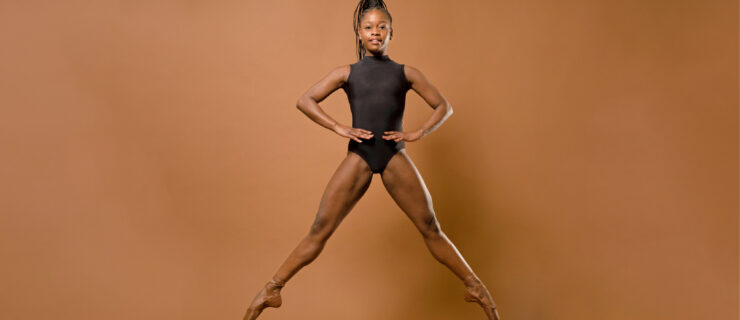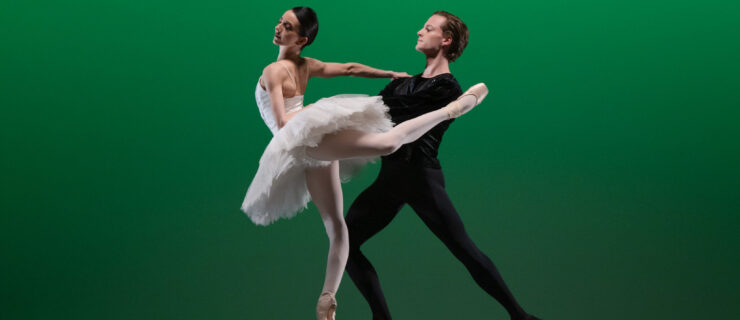Here Are Some of Our Favorite Fictional Ballet Characters From Musical Theater
The worlds of ballet and musical theater are set to collide this year as work gets underway on two stagings with very different source materials.
Earlier this month, Broadway producer Kevin McCollum, film director Darren Aronofsky, and the American Repertory Theater held a workshop for a musical adaptation of Aronofsky’s 2010 film Black Swan. Sonya Tayeh, who choreographed Moulin Rouge! on Broadway, is on board as the workshop’s choreographer and director; Dave Malloy has written the score and Jen Silverman is behind the book.
Meanwhile, the National Theatre in London is gearing up for a November–January run of Ballet Shoes, Kendall Feaver’s adaptation of the classic novel by Noel Streatfeild. Dance is central to the story. The choreographer, Ellen Kane, has extensive credits, having worked on West End productions of Matilda: The Musical, Billy Elliot: The Musical, and Charlie and the Chocolate Factory.
These two productions are the latest collisions of ballet and musical theater. Indeed, the art forms share a rich history. Some of the most celebrated musicals— Cats, On the Town, Oklahoma!—feature beloved ballet sequences, and ballet itself has inspired the subject matter of numerous productions. The 1936 musical On Your Toes, for instance, follows a music teacher’s journey to stage a ballet and was choreographed by George Balanchine. (Today, companies around the world stage the musical’s famous ballet, Slaughter on Tenth Avenue.)
Now, as Ballet Shoes and Black Swan continue to develop, we’re taking a moment to look back at some of the most memorable fictional ballet dancers to grace the musical theater canon.
Billy, Billy Elliot
With lengthy runs on both the West End and Broadway, Billy Elliot: The Musical is perhaps the most famous collision of the ballet and musical theater worlds. Adapted from the 2000 film and set against the backdrop of the 1984 miners’ strike in an English mining town, the story follows Billy, a young boy pursuing his passion for ballet. Billy Elliot is an exploration of both class struggle and gender norms, and its cast of young ballet dancers plays a key role here. We see Billy express himself through dance in his performance of “Electricity,” while his classmates sing of their pride in being working class in the rousing number “Solidarity.”
Over the years, many well-known dancers have stepped into the title role, including Royal Ballet principal Cesar Corrales and West Side Story’s David Alvarez, who trained at American Ballet Theatre’s Jacqueline Kennedy Onassis School and won a Tony Award for his portrayal.
Lise, An American in Paris
The musical version of the 1951 film An American in Paris is packed with standout balletic choreography, which is unsurprising given that the prolific choreographer Christopher Wheeldon was tasked with its adaptation. Fittingly, the musical opened in Paris in 2014 before transferring to Broadway, where it won four Tony Awards, including Best Choreography. One standout role in the musical is Lise Dassin, an ambitious aspiring ballet dancer. Former Royal Ballet first artist Leanne Cope originated the role and starred opposite former New York City Ballet principal Robbie Fairchild. The pair were both nominated for the Tony Award for Best Actress and Best Actor, respectively. Cope described her character as “pretty perfect” and told Broadway.com that playing her felt like she “won the lottery.”
Christine and Meg, The Phantom of the Opera
Amid the theatricality of masquerade balls and the ever-present threat of the supernatural, the balletic elements of Andrew Lloyd Webber’s Phantom of the Opera are often overlooked. The 1986 musical adaptation of Gaston Leroux’s novel takes place in the sumptuous setting of the Paris Opéra House, and our heroine, Christine Daaé, dances with the corps de ballet before her singing talents are discovered.
While ballet plays second fiddle to opera in this musical, there are some great dance moments. Christine’s confidante, Meg Giry, is part of the corps de ballet and dances with them in rehearsals for an upcoming opera. Later, when the Phantom interrupts a performance, the corps offers up an impromptu dance as the opera scrambles for a solution.
Veruca Salt, Charlie and the Chocolate Factory
The 2013 musical adaptation of Roald Dahl’s 1964 novel reimagines one of the Golden Ticket winners—the spoiled Veruca Salt—as a budding ballet dancer. When we first meet her, she reveals her demanding nature in a pas de deux with her father, in a song aptly titled “When Veruca Says.” Her demise is similarly balletic, as Veruca’s time in the factory concludes with a squirrel-related mishap (“Veruca Salt’s Nutcracker Sweet”).
Veruca’s portrayal from the West End to the Broadway productions varied. In the former, Veruca is an English girl, played by a child performer. However, in the Broadway version, Veruca is the daughter of a Russian businessman, and was played by former Ballet Hispánico dancer Emma Pfaffle, who danced the role on pointe.
Marie, Little Dancer
The dancers of the Paris Opéra Ballet feature prominently in the art of impressionist Edgar Degas, and among his most famous works is the sculpture Little Dancer of Fourteen Years. Stephen Flaherty and Lynn Ahrens’ Little Dancer was inspired by the story of Marie van Goethem, the teenage ballet student who posed for Degas.
During Little Dancer’s two stagings, in Washington, DC, and Seattle (where it ran under the title Marie, Dancing Still—A New Musical), New York City Ballet principal Tiler Peck starred as Marie and exercised her musical theater skills as she brought her story to life. The musical was choreographed by five-time Tony Award winner Susan Stroman, and the show’s strong dancing ensemble was made up of ballet dancers portraying the Paris Opéra Ballet’s dance students, or “petits rats.”
Iris, Fame
Both the 1980 film Fame and David De Silva’s subsequent stage adaptation feature a ballet dancer among the cast of performing arts students. Named Iris in the musical, she initially boasts an aloof attitude, and her classmates assume she comes from a wealthy family. Deep down however, she is a lonely, insecure teenager who hides her humble background.
One standout moment in the film sees her character (named Hilary in the movie and played by Antonia Franceschi, a former dancer with the New York City Ballet) rehearse a variation as her love interest looks on. In the musical adaptation, however, he joins Iris for a much more playful pas de deux, which seamlessly combines elements of ballet, jazz, and ballroom.
